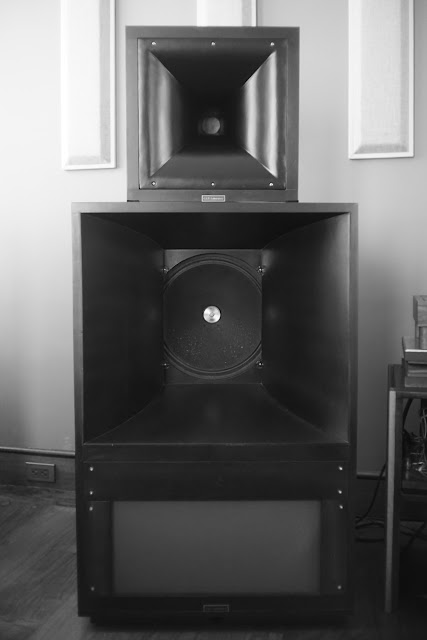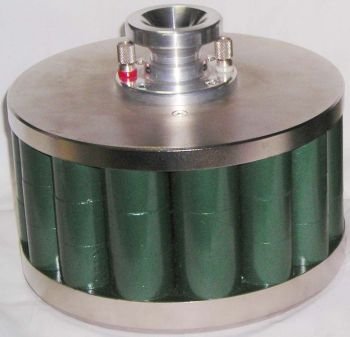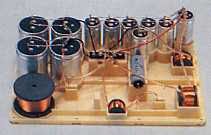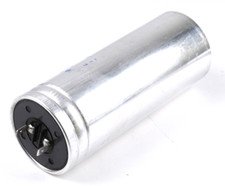As far as I am aware the Yamaha NS-2000 was developed as an ambitious project where Japanese engineers aimed to design a speaker that behaved like a musical instrument – especially a piano. That makes sense, since Yamaha is famous for their pianos - I actually have a Yamaha piano myself from their golden era in piano production (1980s).
I have never heard them myself but I'm actually on the lookout for a pair in Denmark. I think they will be a suitable match for my Sansui AU 9500. A friend of mine, Fabio, said this about the NS-2000:
"The speakers are built in real cherry wood (very rare) and use beryllium drivers, still considered among the best ever made. They combine lightning-fast response (close to electrostatics) with huge dynamics and incredible precision in tone and soundstage.
The NS-2000 is linear and neutral enough to serve as a studio monitor, but without sounding harsh or “in-your-face.” Instead, they deliver a natural, musical presentation full of detail, where even the smallest nuances in timbre, attack, dynamics, and ambience are revealed.
The only weak point is the crossover, originally made with electrolytic capacitors. With upgraded components, however, they perform even better – many users report they truly open up with high-quality filters."
All in all, the Yamaha NS-2000 is considered one of the very best vintage speakers, and many believe they still surpass most of today’s loudspeaker production."
I would be glad if you could elaborate on your experience.


















